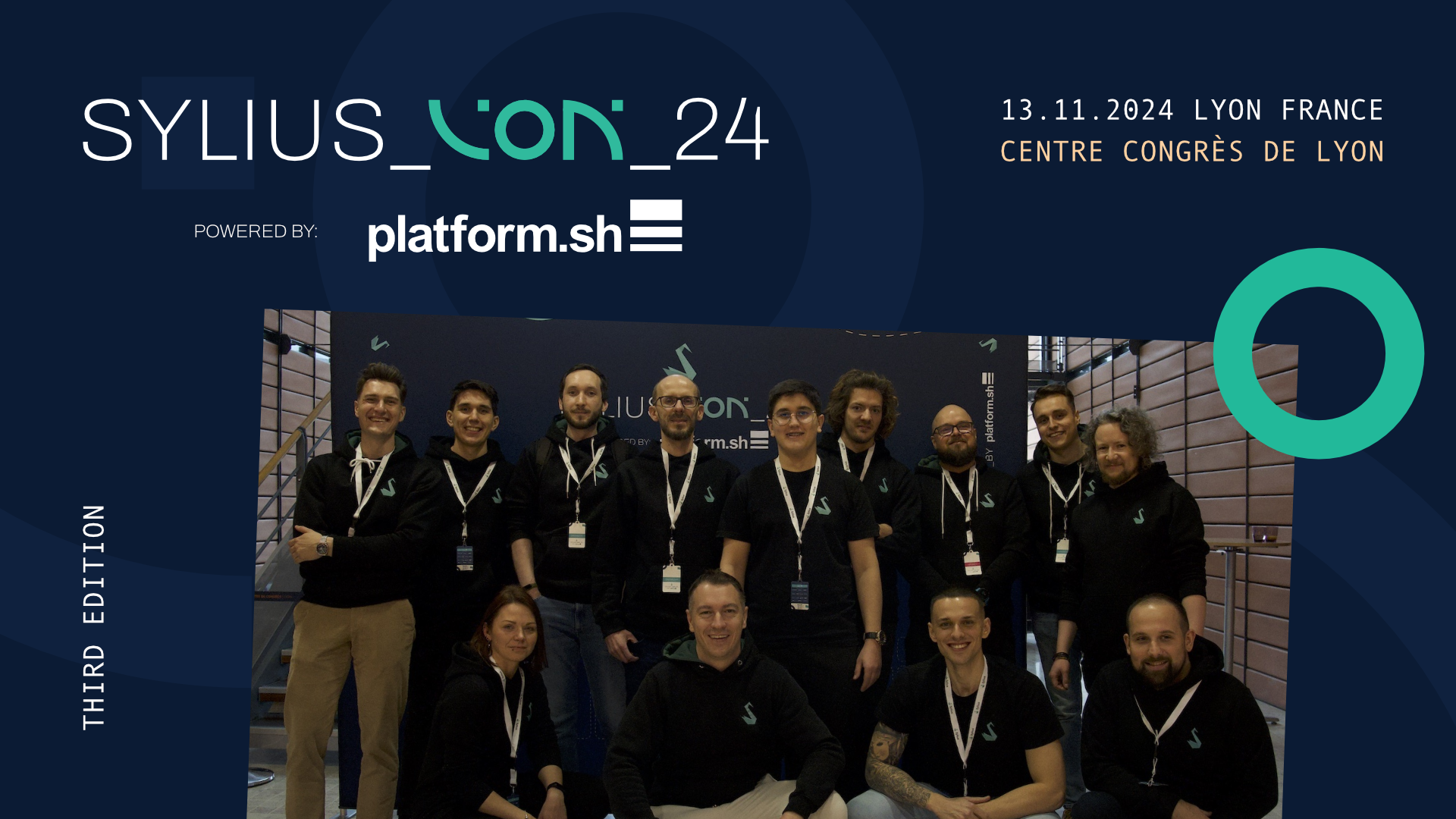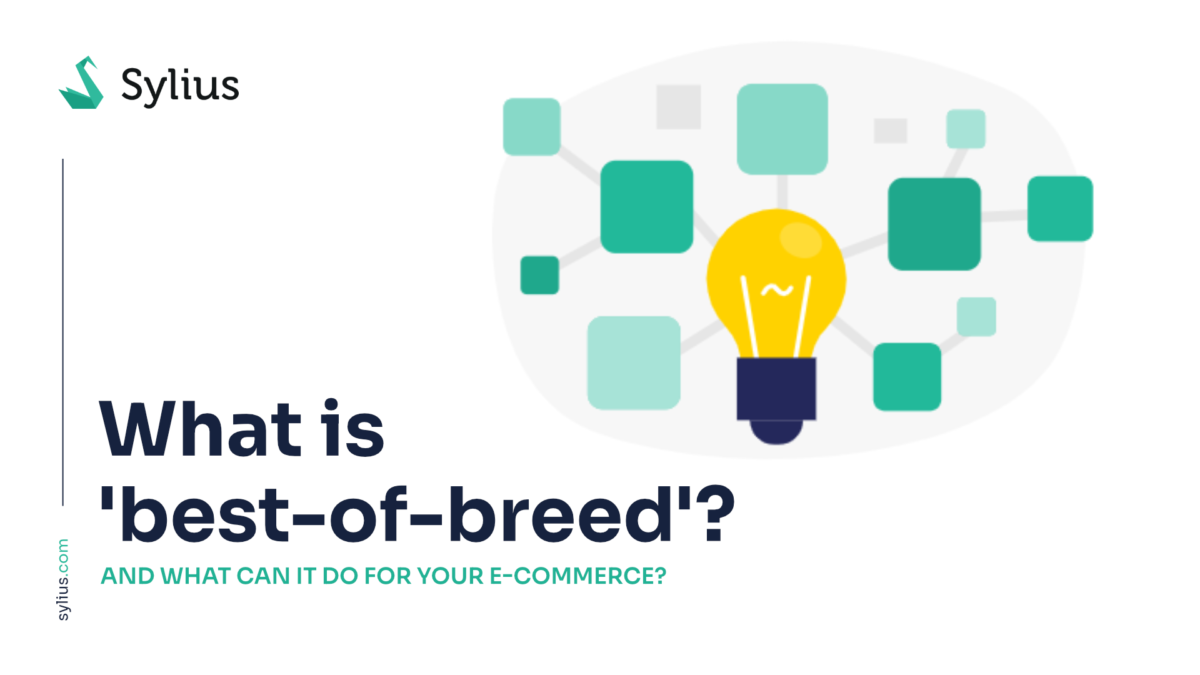
Best-of-breed is a phrase that describes a system in which each action is performed by a specific application designed and built to perform that particular function. In contrast, in the monolithic architecture, or the all-in-one approach, all actions are performed by a single structure.
Let’s make a simple example. You just bought your first house, and you need to get all the kitchenware. Imagine, you can buy one multi-functional device that serves as an oven, stove, dishwasher, toaster, and a microwave. It’s costly, but it does everything; also, you would have to deal with only one vendor in case of any failure.
On the other hand, as they say “jack of all trades, master of none” – it won’t wash dishes as effectively as a dishwasher which is designed solely for that. Moreover, if one of the functions breaks, you won’t be able to use the others.
Another approach would be to buy separate devices, each that excels in its purpose. They can be fixed and replaced without interfering with each other. Doesn’t it sound better?
Since the very beginning of Sylius’ existence, our philosophy was to focus on our domain and not reinvent the wheel. That’s why Sylius is entirely based on Symfony that gave us a solid foundation to build specific e-commerce bundles within the already existing and highly standardized framework.
Following the very same core idea, Sylius never intended to solve problems of other domains. There are wonderful tools in different categories, which allows us to focus on what we know best – the e-commerce domain.
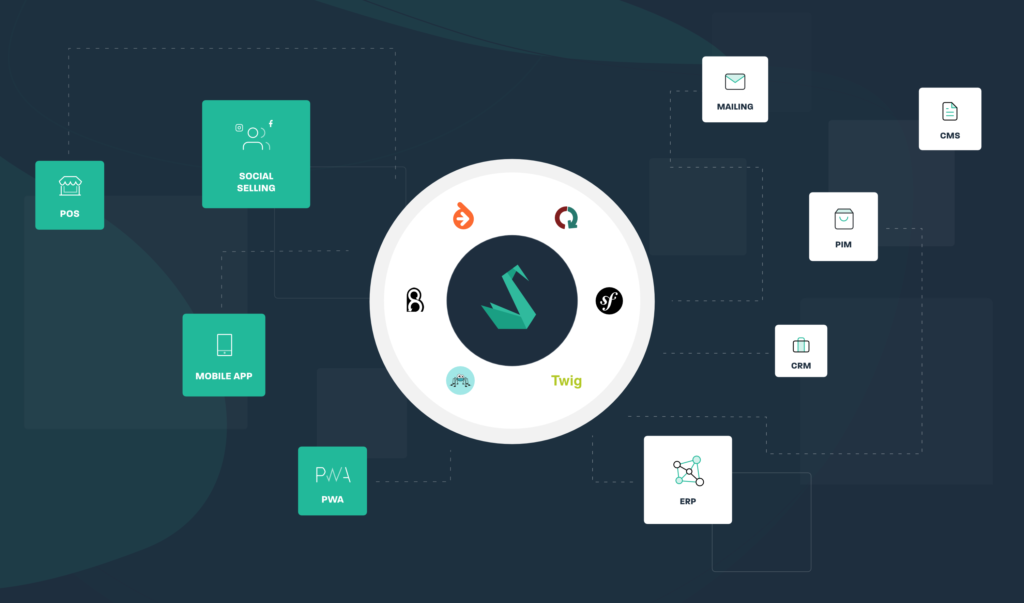
We provide you with tools to craft your own ecommerce experience – clean code, SOLID principles, BDD, test suite, excellent developer experience, and powerful APIs to connect apps from other categories.
For us, open source means the freedom of choice. That’s why Sylius is constructed with the mentioned bundles that can be implemented standalone in various, even non-commerce, projects. One such example is Monofony, built on SyliusResourceBundle by our core team member Loïc Frémont.
In parallel, thanks to our API Platform-based API, developers can easily connect external modules (ERP, CRM, PIM, etc.) to Sylius. This way, when integrating the best-of-breed applications, Sylius implementations are modular on both levels – inside of the e-commerce platform core, and outside of it.
With this approach, you can make your shop lighter and equipped with the preferred solutions that can simply be replaced if necessary.
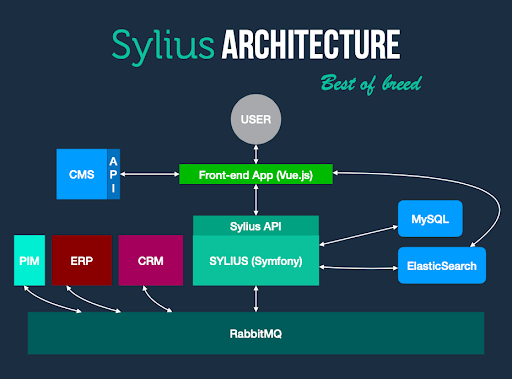
Now that we know what is the best-of-breed, let’s summarize its advantages.
Getting back to the kitchen metaphor – if you have a small house, sometimes a multi-functional device is the only solution that will fit your limited space. And so it is with software architecture. Implementing multiple apps with separate management and license fees doesn’t really make sense for the small stores. What is more, integrating different software to work together can be a challenging task.
There are plenty of ready-to-use SaaS or CMS systems like Shopify, WooCommerce, PrestaShop, etc., that provide all necessary out-of-the-box functionalities to launch your online presences faster and without unnecessary complexity. We usually recommend such platforms for simple e-commerce challenges that don’t expect huge growth.
Now to the best part – examples. I talked about how best-of-breed can help your project. Now let’s prove it with some case studies.
The first one is Polyphoto, an official Italian distributor of prestigious brands that made the history of photography like Kodak, Polaroid, Olympus, and Tamron. They wanted to transform from a B2B to a B2C company. In that case, Sylius was used with Contentful CMS and Akeneo PIM. Using a best-of-breed approach helped increase the loading speed, so the users started spending more time on the site. Read the full case study 👉 here.
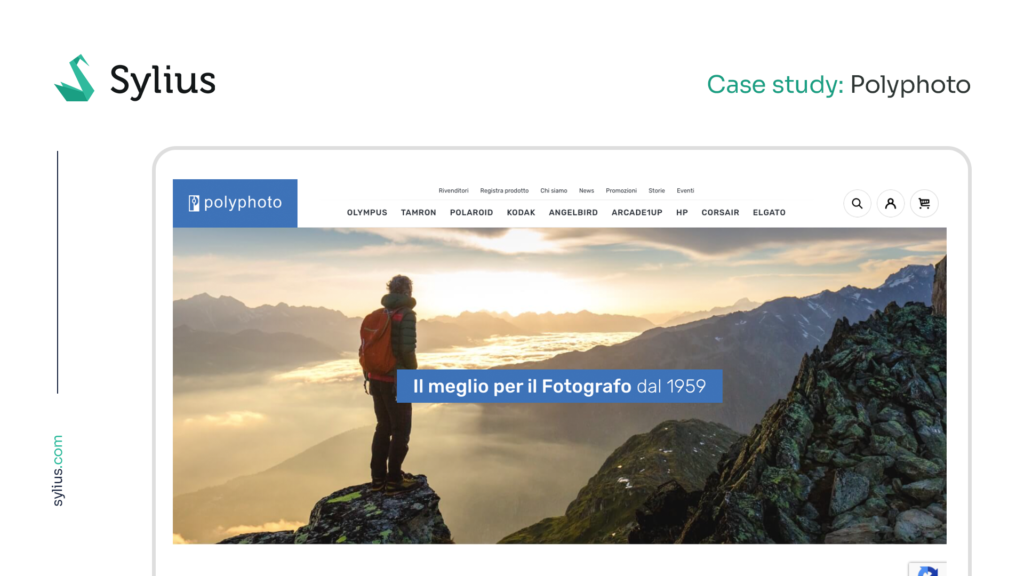
Another case is Artnight, a company that outgrew its running-slow WooCommerce shop. The goal was to create a fast and scalable solution – a perfect situation to apply best-of-breed. Artnight uses Sylius as a headless eCommerce back end, Pimcore as a PIM (Product Information Management), and VueStorefront v2 as the front end, not to mention multiple payment gateways. The case study is 👉 here.
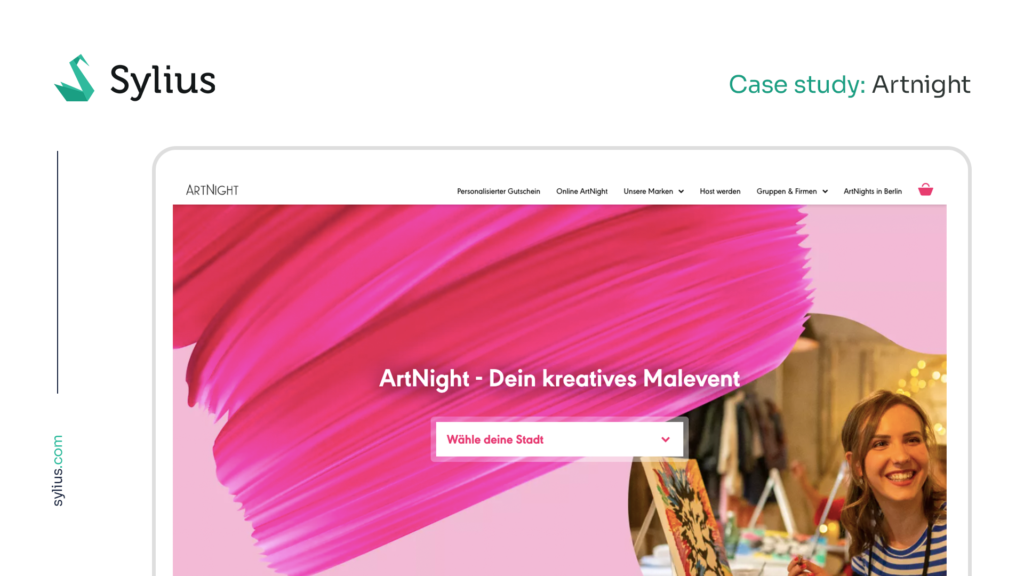
Creating a marketplace is always a challenging project. Let’s see how Braune Digital, the agency behind Pielers, handled it. Third-party apps included PayPal, DPD, and DHL (as shipping methods), Google Merchant Center, and MailChimp (for transactional emails). See the case study 👉 here.
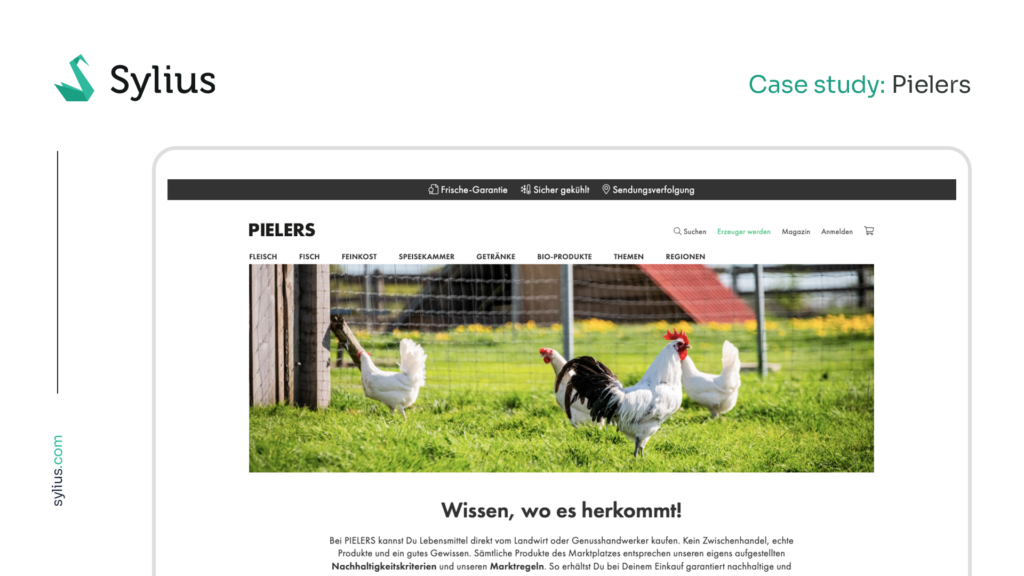
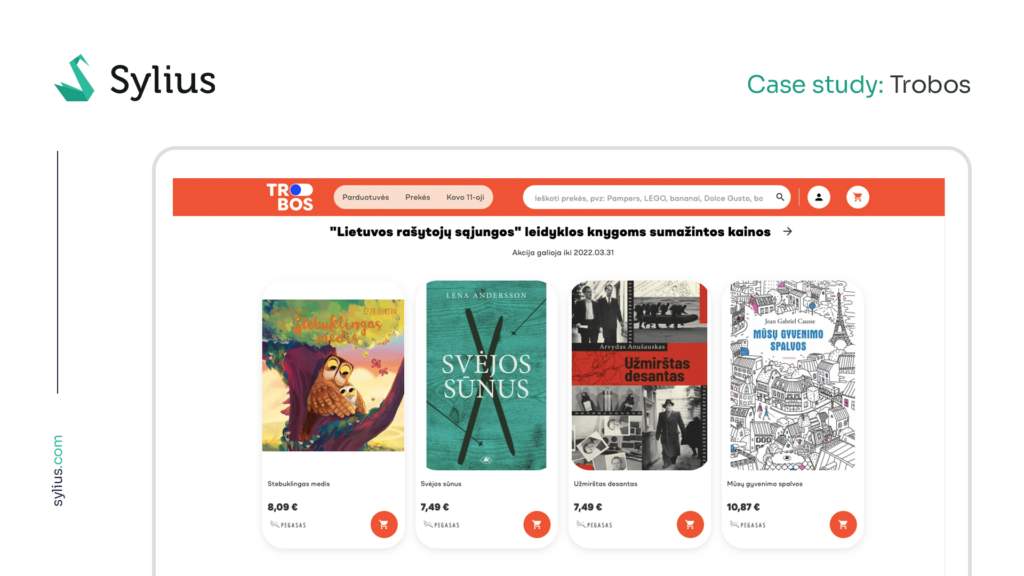
More examples can be found in our showcase: https://sylius.com/case-studies.
That’s it; I hope I convinced you that it’s better to have an eCommerce system tailored for your needs than one made for everyone’s needs. Especially that it’s not only faster but possibly cheaper as well.

